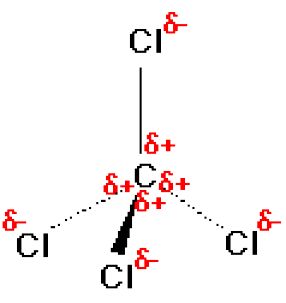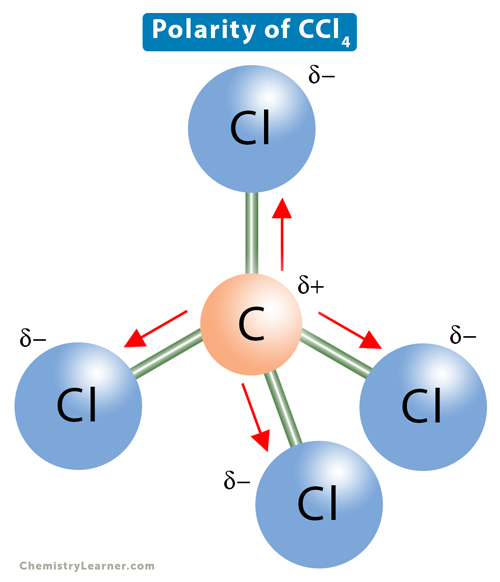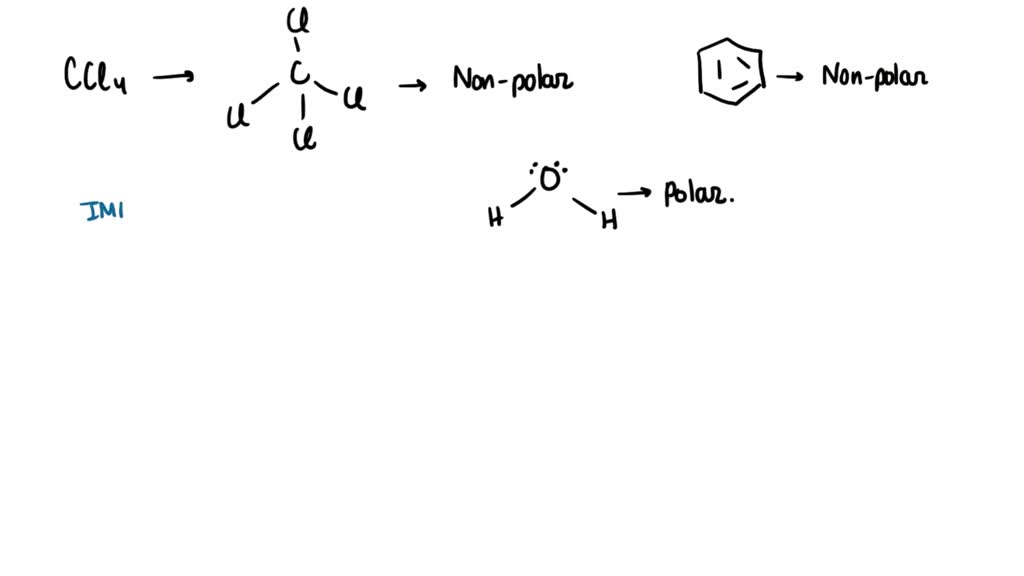
SOLVED: Carbon tetrachloride, CCI4(l), is more mixable with benzene, C6H6(l), than with H2O because (1) the intermolecular forces are similar in both carbon tetrachloride and benzene. (2) both carbon tetrachloride and benzene
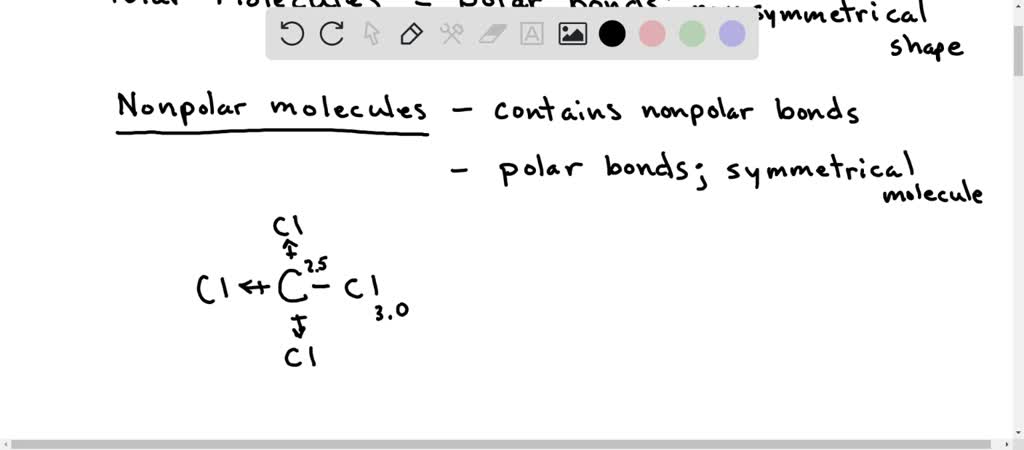
SOLVED: Consider two solvents that are commonly used for organic chemistry reactions: CH2Cl2 and CCl4. Interestingly, studies have shown that one of these solvents is polar and one is non polar. Draw

Carbon tetrachloride Molecule Carbon dioxide Chemical polarity, molecule, chemistry, carbon png | PNGEgg

Draw the structure of carbon tetrachloride according to Lewis theory. What would be its associated molecular geometry? (a) tetrahedral (b) linear (c) trigonal pyramidal (d) bent | Homework.Study.com

Carbon Tetrachloride (CCl4); Lewis Structure, Molecular Geometry, Polarity, And Applications | Scientific Sarkar

Which solvent, water or carbon tetrachloride, would you choose to dissolve each of the following? a. KrF_2 b. SF_2 c. SO_2 d. CO_2 e. MgF_2 f. CH_2O g. CH_2=CH_2 | Homework.Study.com
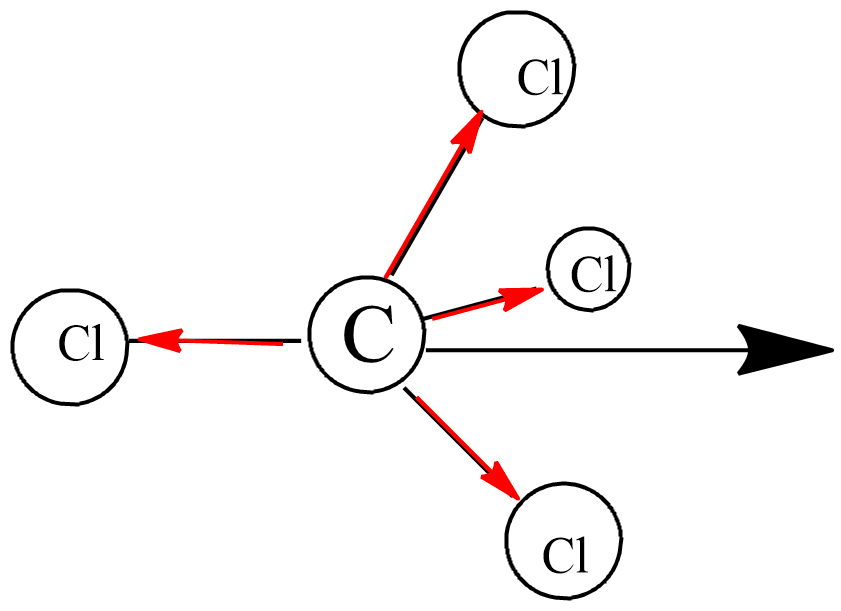

![Is \\[CC{l_4}\\] polar or nonpolar? Is \\[CC{l_4}\\] polar or nonpolar?](https://www.vedantu.com/question-sets/dbf3f5ee-35e7-43b7-b8a3-cfe63dfd520e2097468885289678636.png)


